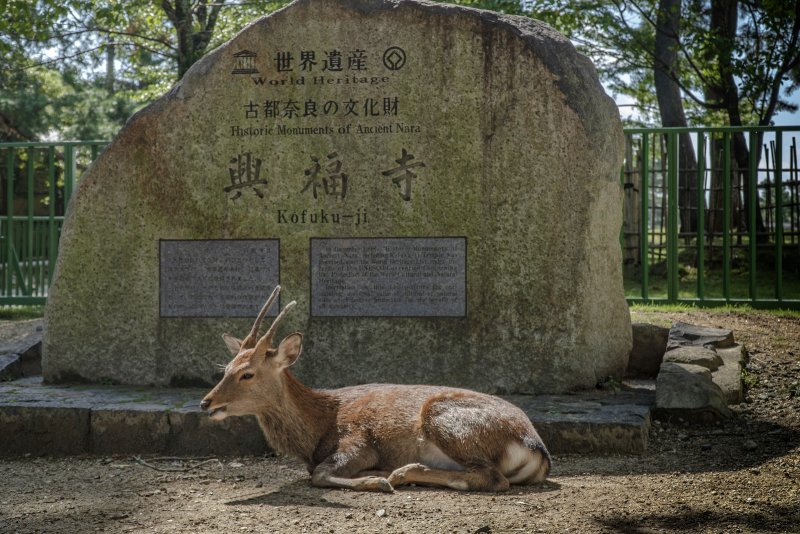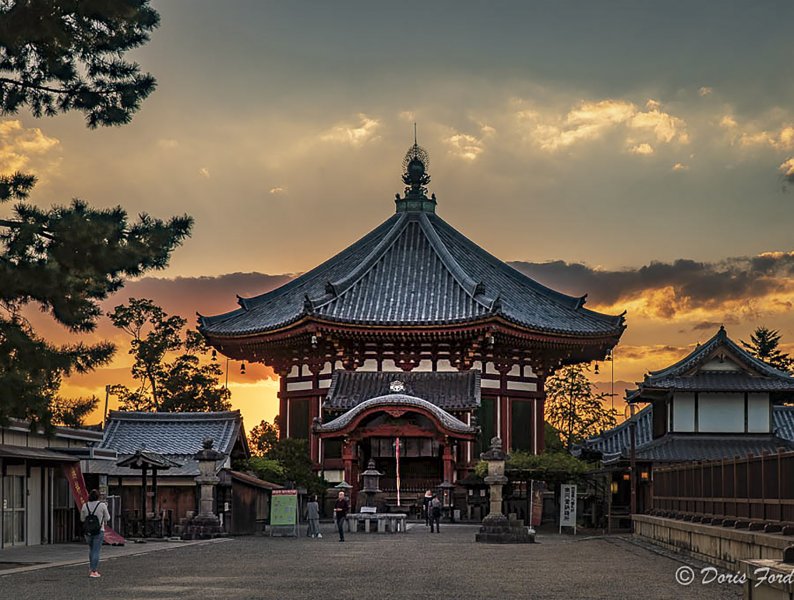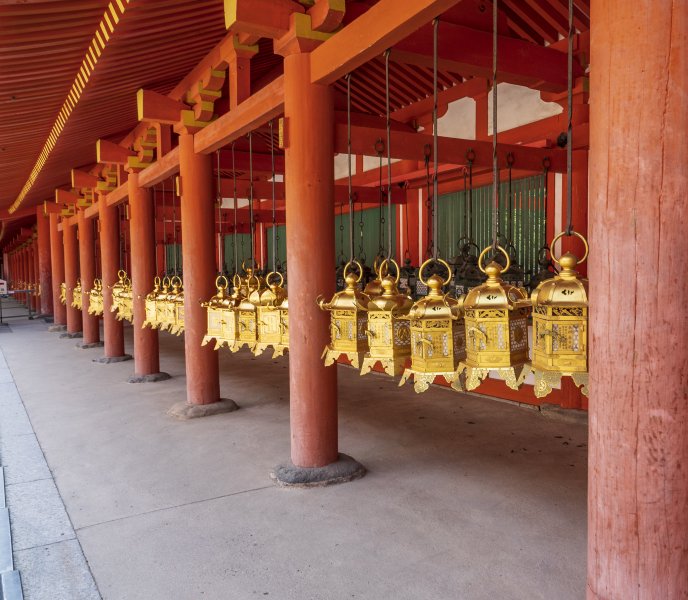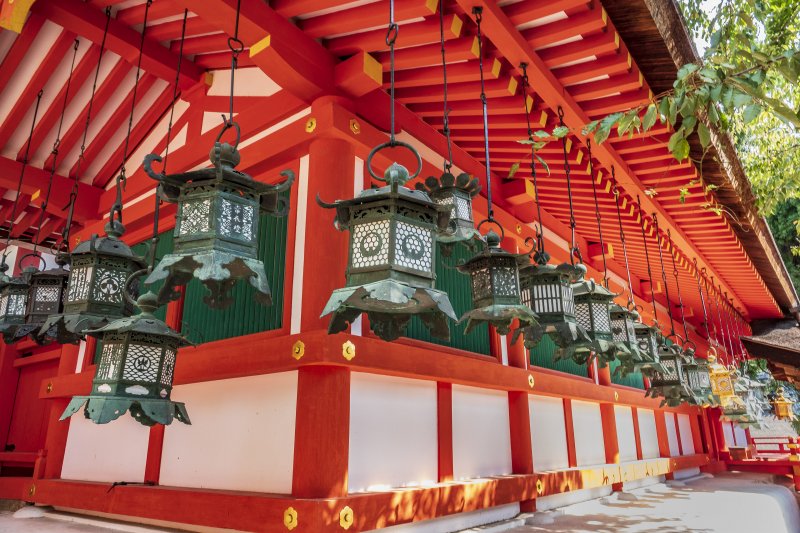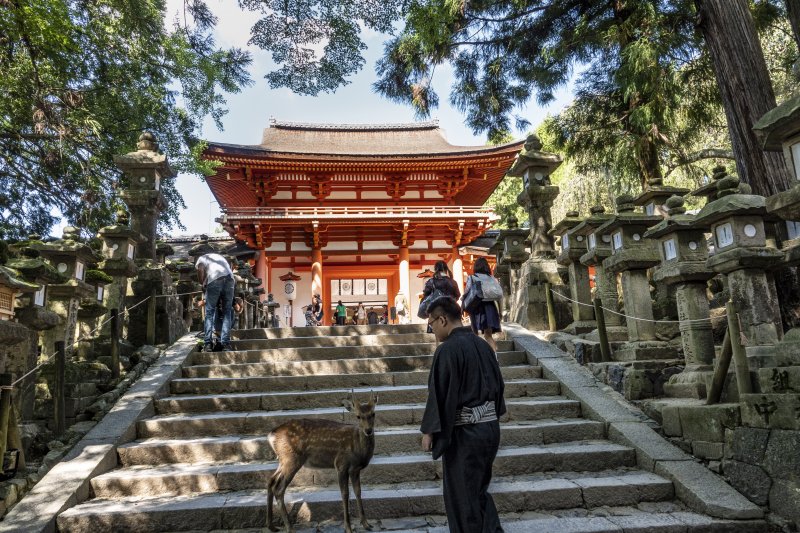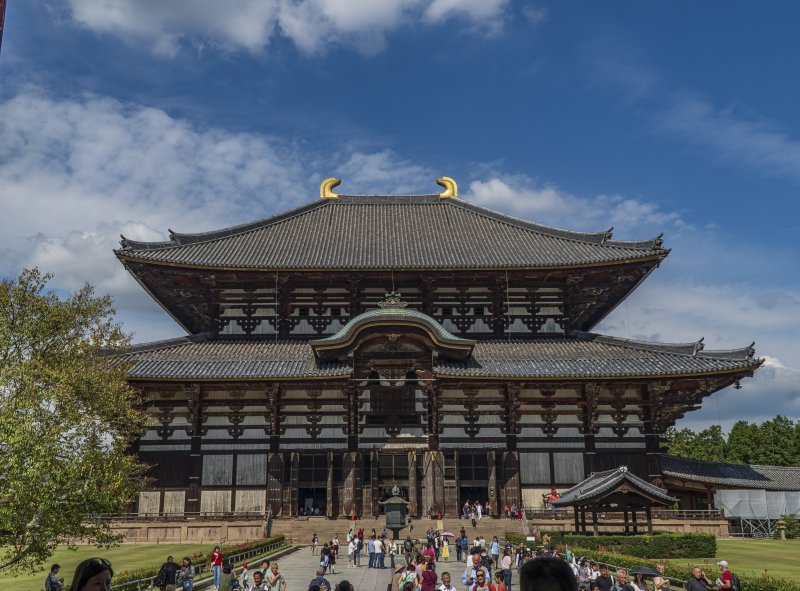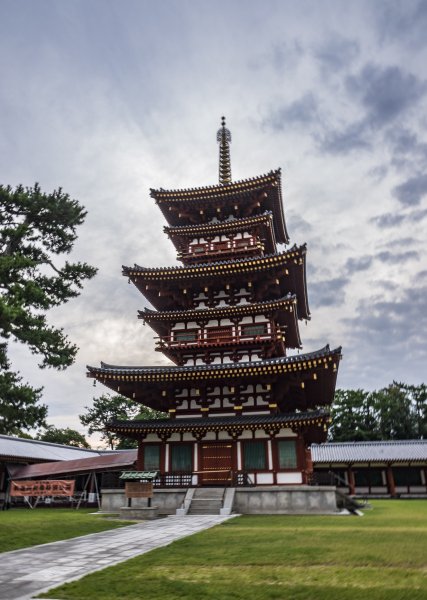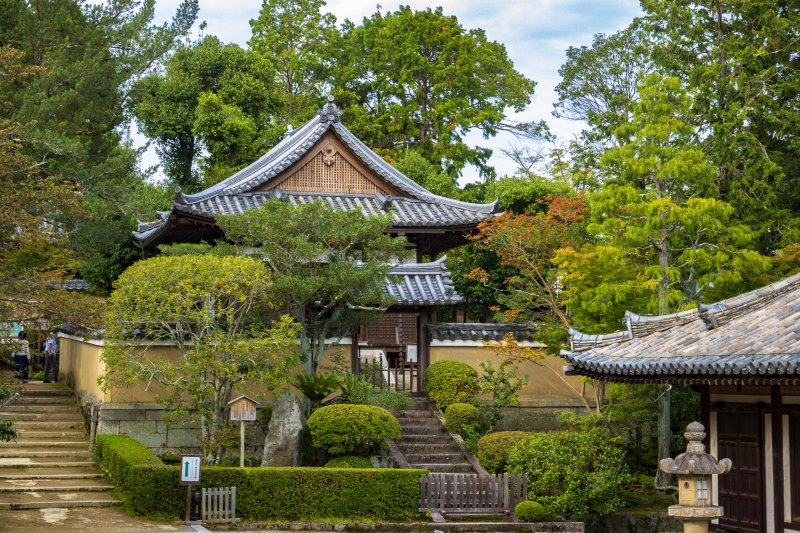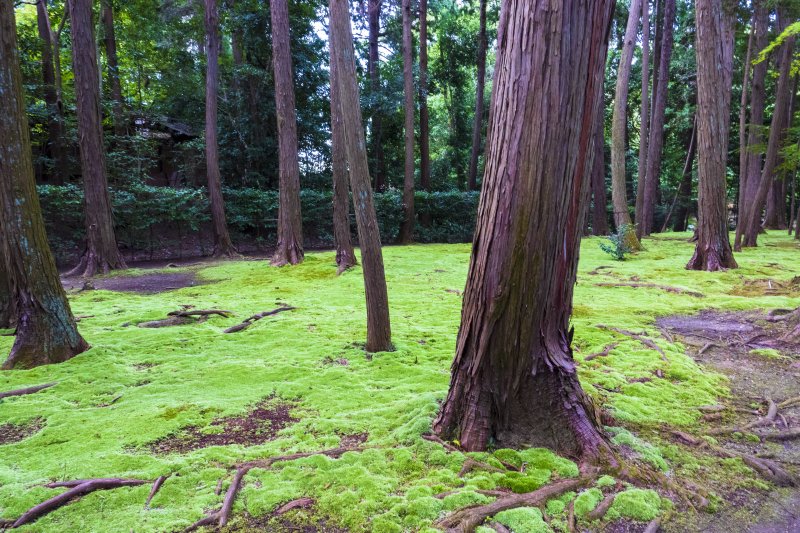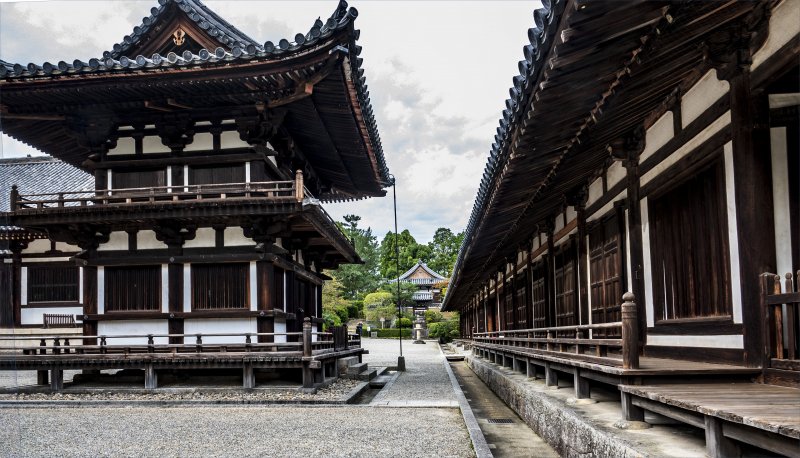Lets take a Walk through an Historic city in Norway
Lets take a walk in Historic Stavanger, Norway’s fourth biggest city, behind Oslo, Bergen and Trondheim. Situated in Rogaland county on Norway’s west coast, there is something unique that sets Stavanger apart from the country’s other larger cities. It is a walk-able city and most attractions are easily reached.
A large part of Stavanger is made up of timber structures. Lets take a walk to view some of the 8,000 wooden houses, and the largest wooden city in northern Europe. Walk up the narrow streets and enjoy the unique beauty of the old town.
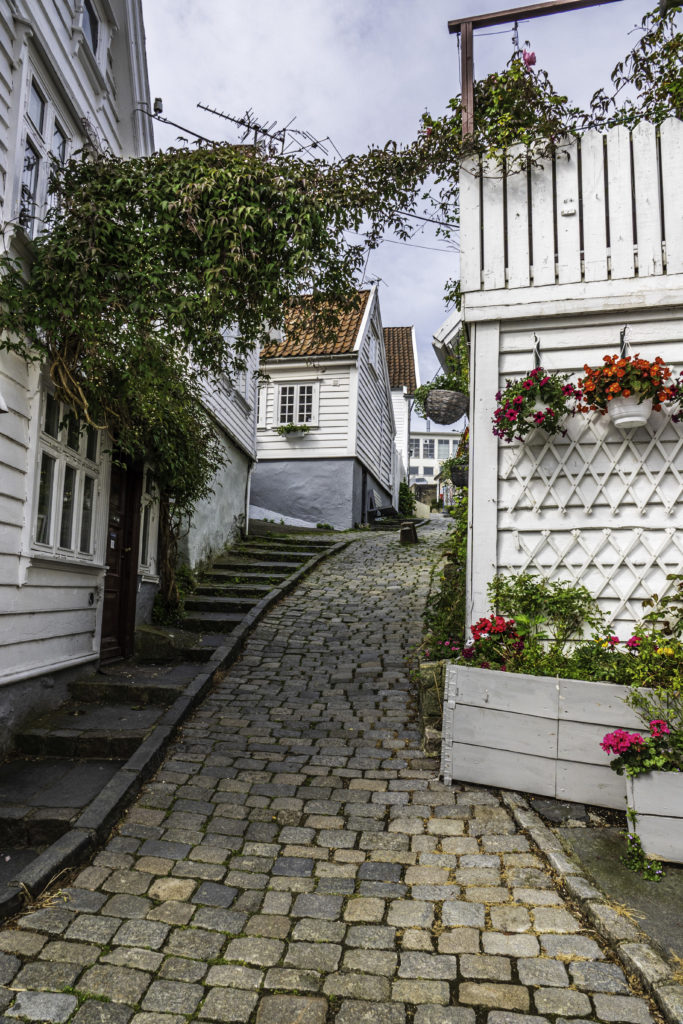

A large proportion of the city’s wooden houses were built in the eighteenth or nineteenth century. The oldest of them are perfectly preserved in the city’s historic Gamle Stavanger or Old Town.
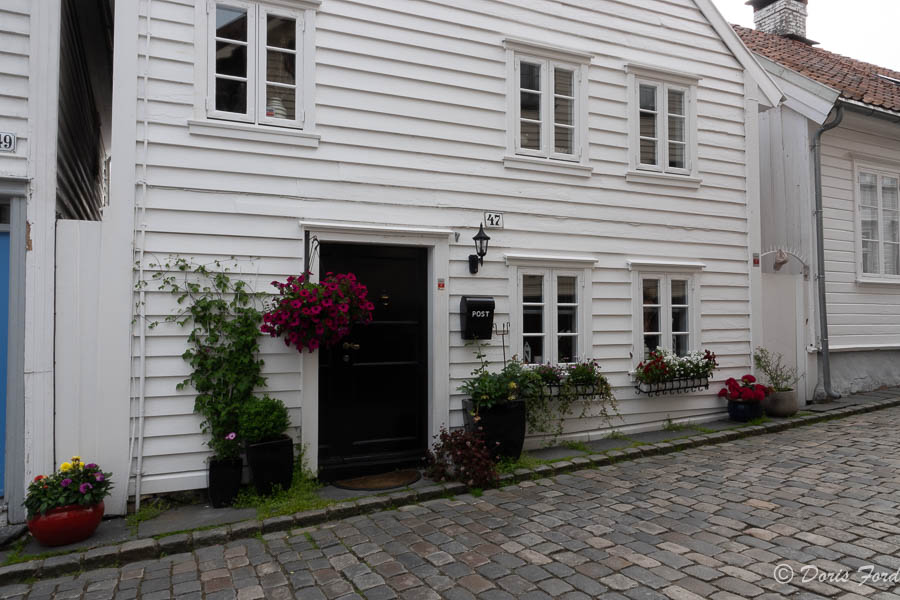
Many homes feature beautiful flowers in pots and baskets. Near these historic wooden houses, are colorful flowers and gardens, favorite places for bees and butterflies!
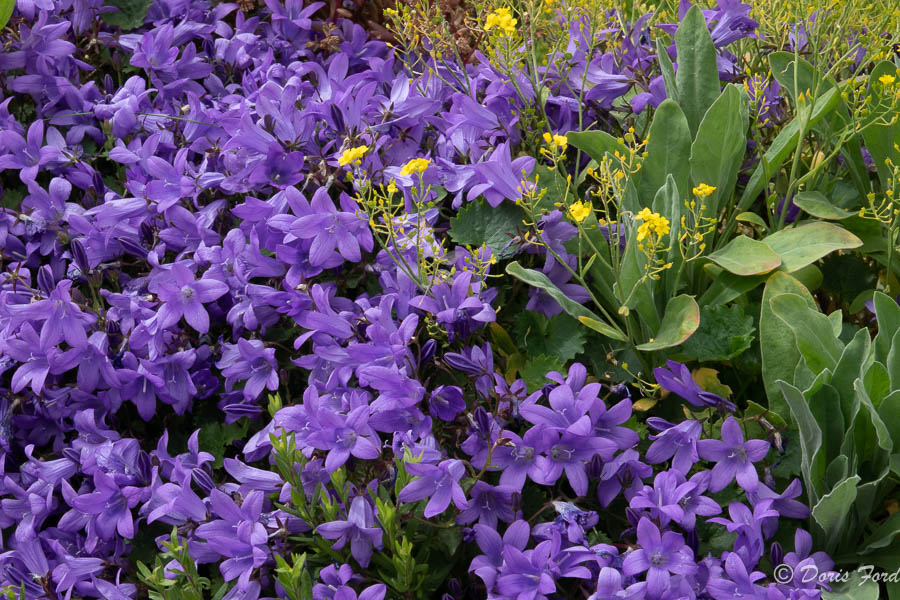
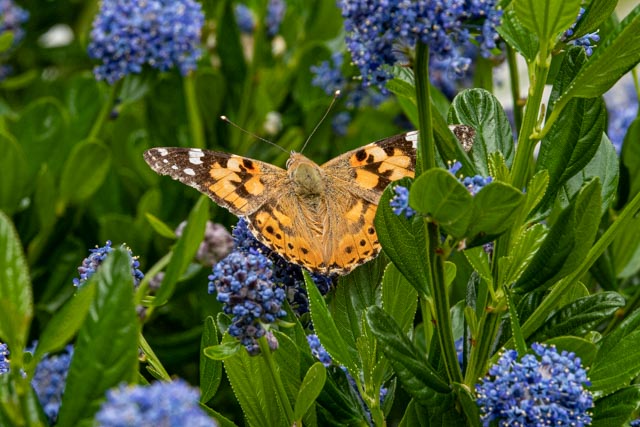
St Swithun’s Cathedral, the oldest Cathedral in Norway.

Stavangar has a beautiful Cathedral, the only Cathedral from the Middle Ages that has kept its original architecture, and the only Norwegian Cathedral in continuous use since the 1300s. Norway’s best-kept Cathedral is located within walking distance from the Stavanger harbor. According to tradition Stavanger Cathedral was built in 1125 after Sigurd Jorsalfarer named Stavanger a Cathedral city.


The most notable feature of the interior is the Pulpit that is post Reformation and dates back to the 1650s, Pulpit carvings cover the history of the Bible from Adam and Eve to the crowning of Christ, all carved on the Pulpit by a Scotsman, Andrew Smith,
Sidewalk Art in Stavangar is quite impressive; look closely are the people real or are they works of art?


The Valberg tower (Valbergtårnet) was constructed from 1850 to 1853 and was the former observation tower of Stavanger. The tower was the permanent lodging of the watchmen in Stavanger. Among their duties was to alert the people in town when there was a fire. Tobias Sandstol was the last watchman and worked 18 years until 1922.
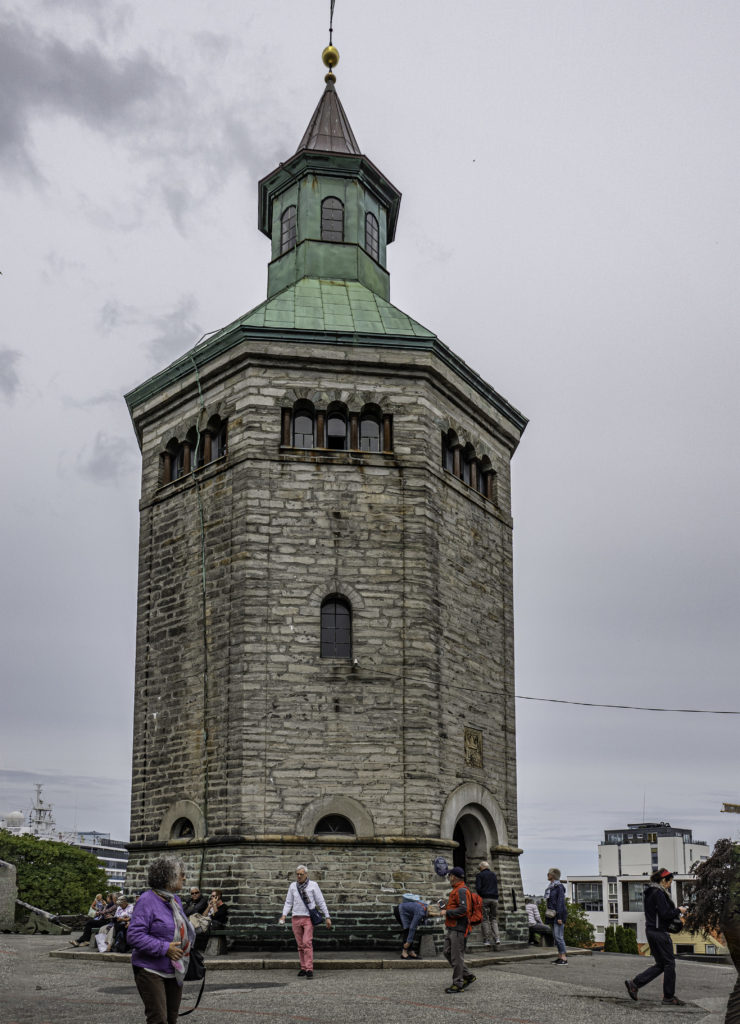
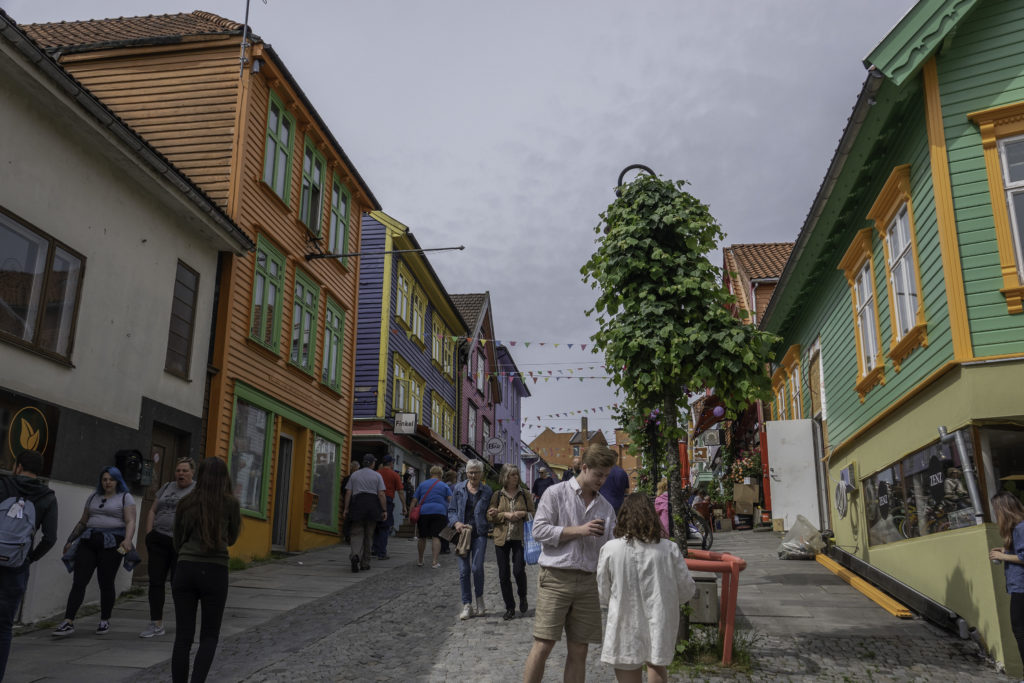
Outside of town are the famous buried swords of Hafrsfjord. This historic site commemorates the battle of 872 AD. and where Harald Fairhair gathered Norway into one kingdom in the same year. The swords symbolize peace, unity and freedom, and buried in stone not to be used anymore, to encourage people to live in Peace.








